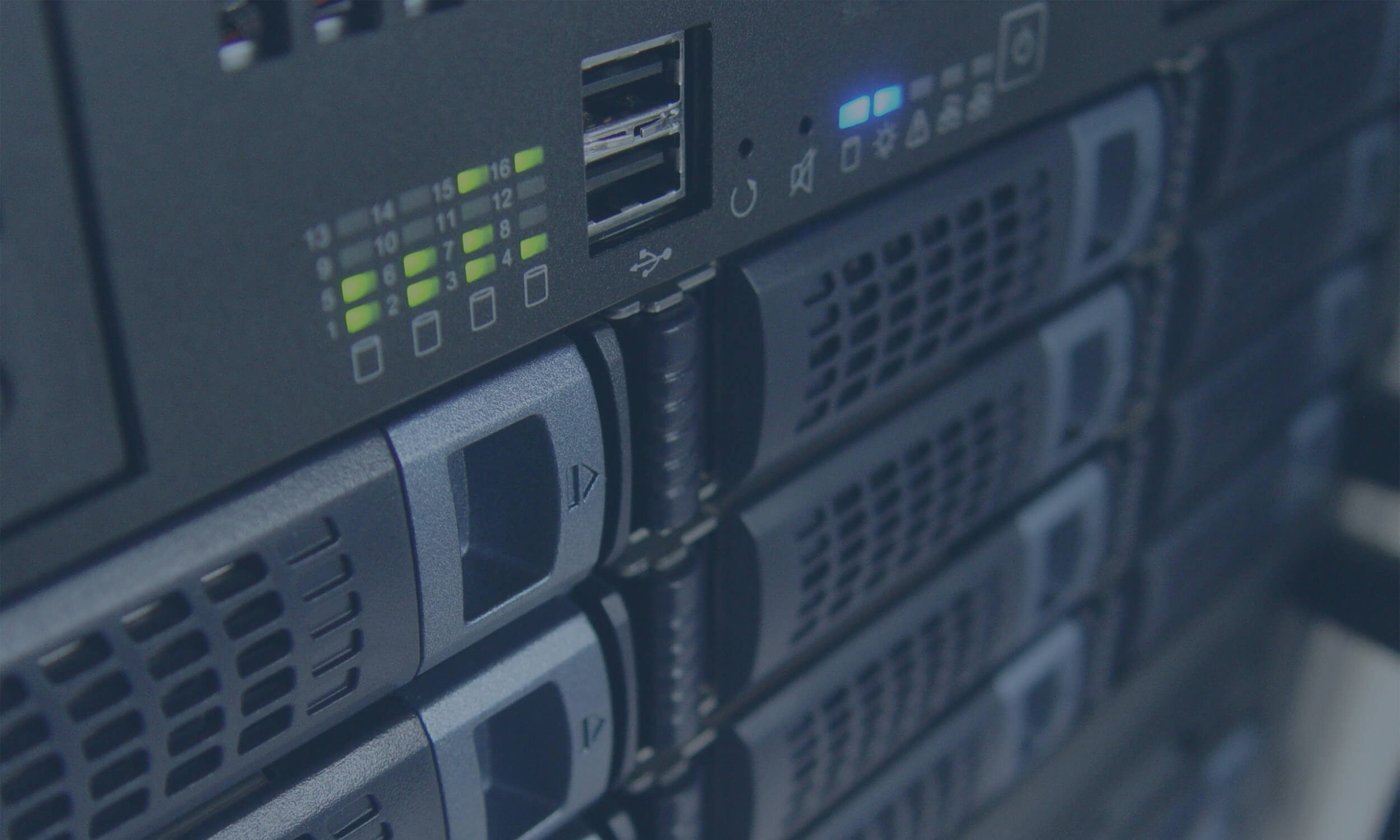When you look into buying a new recruitment CRM, one of the biggest questions you will have to ask is ‘will I be migrating data into the new system?’
Data migrations are a key consideration for any CRM implementation and can often be the most time-consuming part of the project. It is inevitable that they have a huge impact on implementation due to costs and timescales, so it’s important to consider a variety of points before the process begins.
What is a data migration?
A data migration is the process of transferring data from one system or file type, such as Excel or CSV, to another.
This involves the provider getting access to a copy of your data which can be fairly simple or extremely complex, depending on the source platform and also the scope of the migration. Your provider will then try to get an understanding of what exactly you want migrated, whether that is everything you have or specific fields such as relational data (contact details, work history and CVs). A data map is then conducted which describes in detail how your data will be migrated and once agreed, a dry migration will take place to ensure that everything is confirmed. If there are no changes then you will proceed to the live run!
For any business with data they want to keep, a migration would be essential as data builds the basis of a recruitment agency and can be your biggest asset.
Have you formulated a plan?
Migrating your data isn’t a simple process and requires planning to ensure the process runs smoothly. You should have a clear understanding of which fields, documents and data sets you want mapped.
What data do you currently hold?
You need to consider what data you currently have and how accessible it is. Do you need to get in touch with your previous provider? Can you extract the data yourself or do they do it? How much is it going to cost? To avoid problems at a later stage, you should ask these questions early on so if you do have to get your data back then you will have time to do so.
You also need to think about how much data you will be moving, what the structure of the current data is and if it meets all legal requirements such as GDPR.
Do you need to cleanse your data?
Before transferring your data, you should spend time cleansing it by correcting or removing any corrupt or inaccurate records. You will thank yourselves later as this will save time and manual processing further down the line. While you’re doing this, you can also remove applicants who you haven’t spoken to for years to increase the quality of your talent pool.
Do you understand the system enough?
We find that some people prefer to get a feel for the system before deciding where they want to migrate their data to. For example, if you’ve never used a system before then how do you know where is the best place for your data to sit? This should be easy to do by undertaking some training from your new provider and you will quickly gain an understanding of the differences between the two systems.
Have they migrated from your previous system before?
It’s worth finding out from your new provider whether they have migrated data from your previous system in the past. If they have, it can give you reassurance and confidence in the process. If they haven’t, they will need to ensure that the data can be retrieved in a readable format such as SQL or CSV. Data in its raw form is often very similar so one system may have the same structure as another just with different headings.
As you can see from this post, a data migration isn’t a quick and easy process and there are so many questions to ask and things to consider. You must ensure everything is planned in detail and you know exactly what you want and where you want it to go. This is the best possible way to kickstart your new system!




